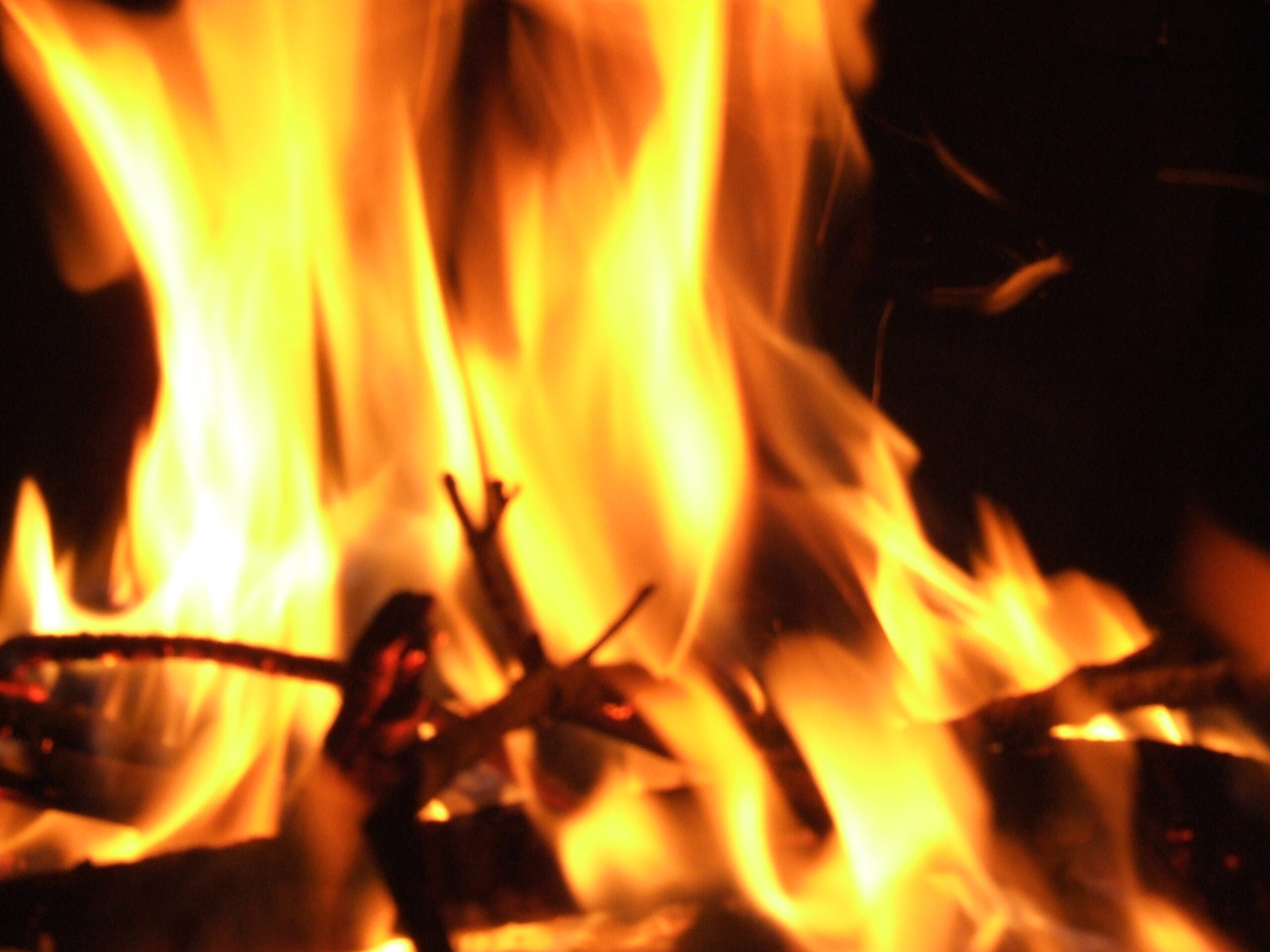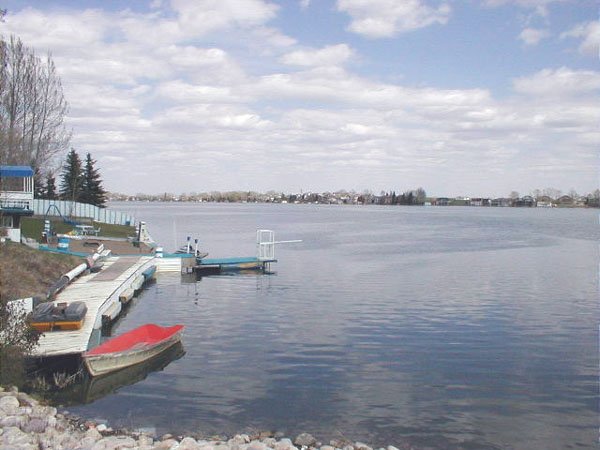The province will be trialing different methods to deal with the invasive aquatic weed Flowering Rush in Chestermere Lake this summer.
Prior to 2010, flowering rush was sold to be used in private ponds.
“When we reviewed our weed control act for the province in 2010 we recognized it was threatening other jurisdictions…so we put it on the act,” said Nicole Kimmel, Weed Specialist with Alberta Agriculture and Forestry.
Flowering rush once released into natural waterways displaces native plants, changing the waterway and destroying the habitat for plants and nesting water fowl.
“It will take over the lake if we let it,” said Kimmel.
With the flowering rush now added to the act, it is now legislated that the aquatic weed needs to be controlled or eradicated from Alberta waterways.
As an aquatic weed, flowering rush present several problems to groups looking to control and prevent its spread.
“There’s no proven control methods,” said Kimmel.
Research has been done in the U.S. and success has been found with the use of herbicides, something that can’t be done in Chestermere.
“Putting herbicides in the water is a bit difficult in Canada,” said Kimmel, “we only have one registered product and there’s irrigation limitations and drinking water limitations.”
It is because of the restrictions on the use of herbicides that Kimmel is conducting her research to find the most effective method of controlling flowering rush.
She is building off of the work done at Lake Isle last year.
“We’ve been trying hand removal, barriers, mechanical harvesting,” she said.
In Chestermere, Kimmel and her team will be trying the same methods from last year to see how effective they are in the city.
They will also be using diver assisted vacuum dredging to completely remove the entire plant from the lake.
“They have a barge with divers that basically go and dig up the plant and it sucks up the biomass into a vacuum that goes to the barge,” said Kimmel.
This method is the mostly costly but Kimmel said is also the most effective in preventing the weed from recovering from the treatment.
Chestermere Lake is one of 13 research locations in the province where Kimmel is looking to find what methods of control work best in different parts of the province.
Once the results of this year’s research are known, Kimmel said that the plan is to come back to Chestermere and use the most effective method to remove the flowering rush from Chestermere Lake.
As part of the project, Kimmel presented to city council and made three request of council at the May 15 meeting.
She would like to work with city staff to identify sites in the lake for her research, to work with the city on a public engagement plan to alert residents to the research.
The final request was for council to waive landfill fees for the disposal of the flowering rush being removed from the lake.
City staff will bring these request forward for council to make a decision at an upcoming meeting.
Province researching how to control Flowering Rush in Chestermere Lake
Researchers looking for best way to eradicate the invasive weed
In response to Canada's Online News Act and Meta (Facebook and Instagram) removing access to Canada's local news from their platforms, Anchor Media Inc encourages you to get your news directly from your trusted source by bookmarking this site and downloading the Rogue Radio App. Send your news tips, story ideas, pictures, and videos to info@anchormedia.ca.






